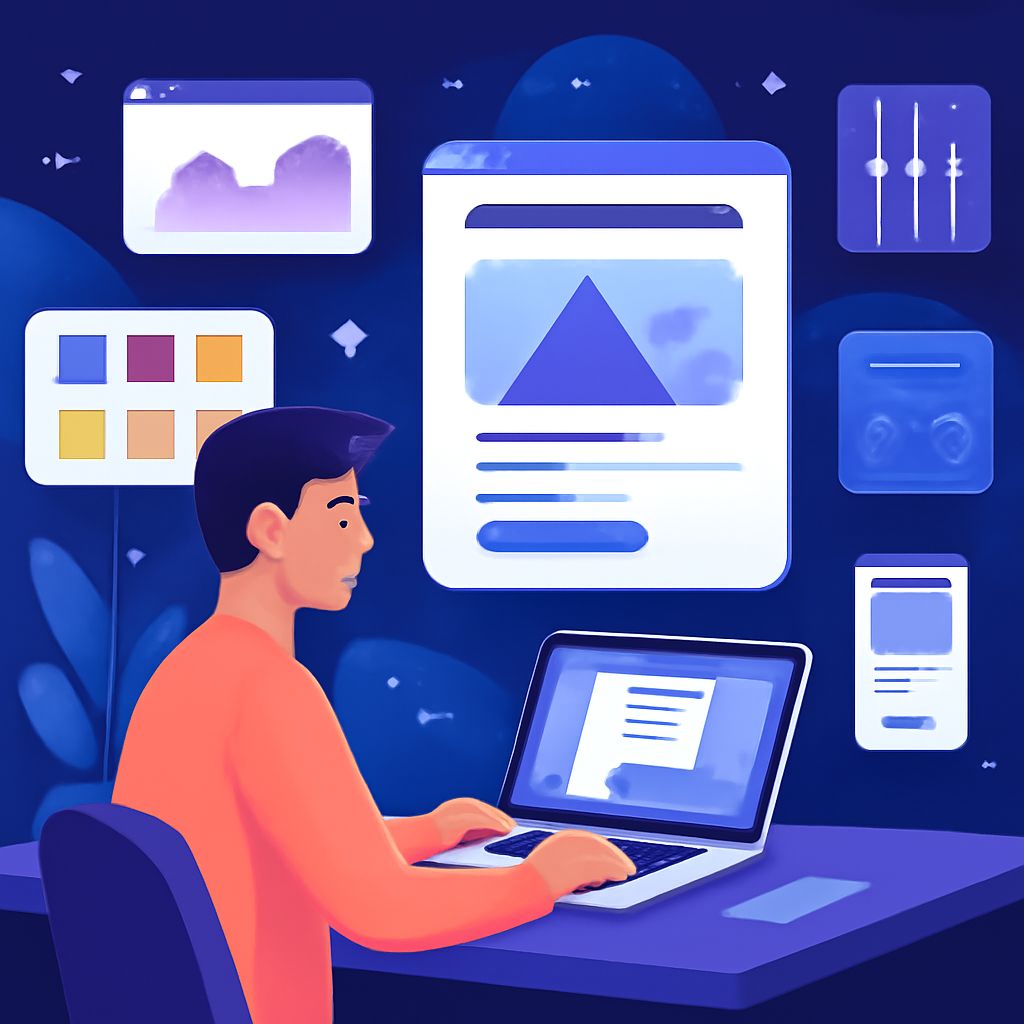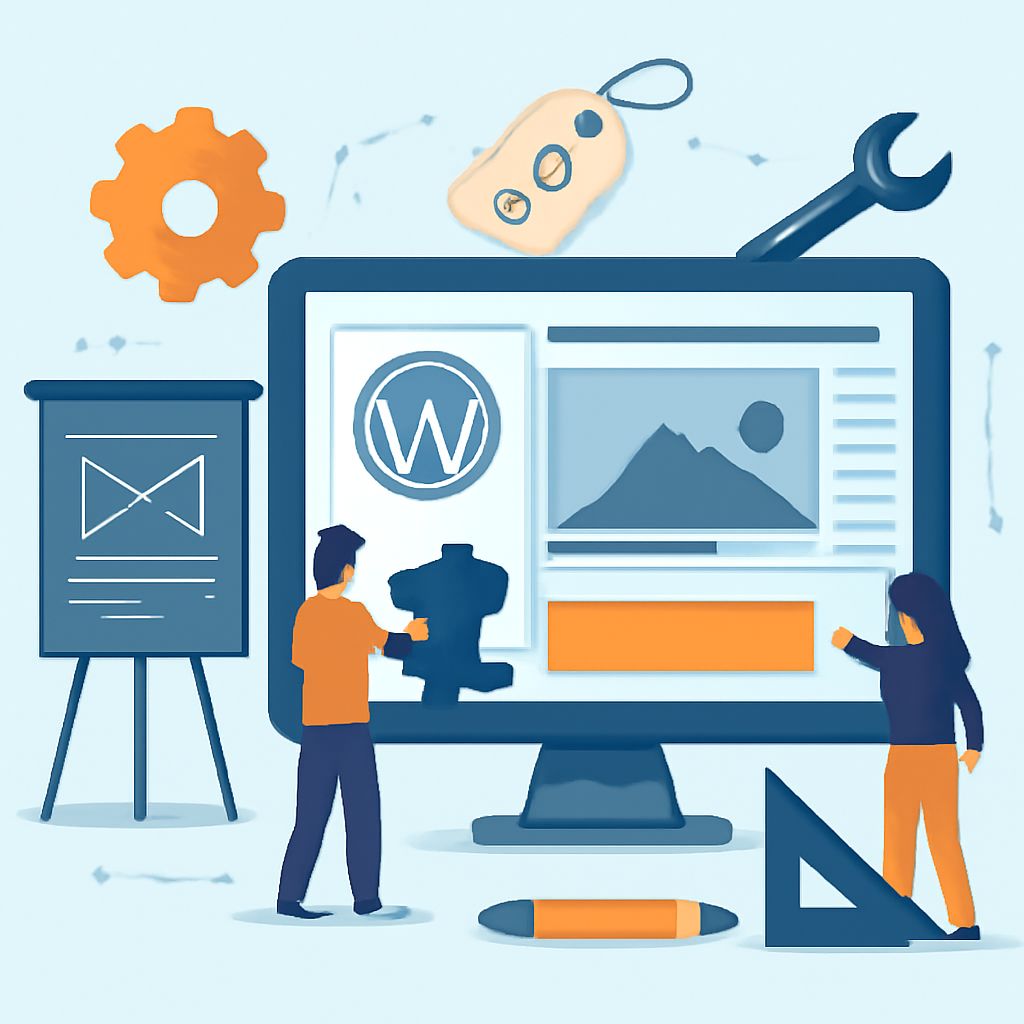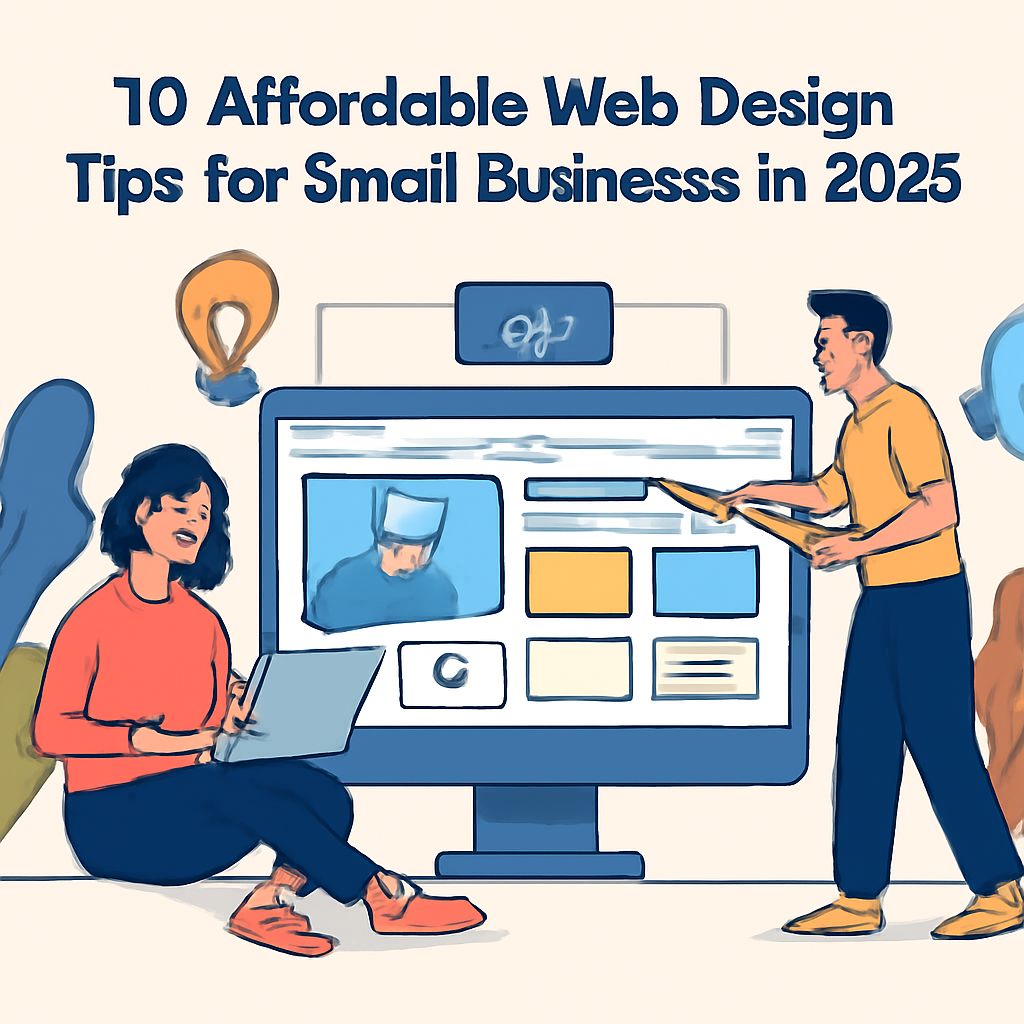The Future of Web Design: 8 Trends Shaping 2024
Web design continues to evolve in response to advancements in technology, changes in user expectations, and the increasing demand for accessibility and sustainability. As we look towards 2024, various trends are set to reshape how we approach web design, pushing the boundaries of creativity and functionality. Below, we explore the eight key trends that will define the future of web design.
1. Immersive Scrolling Experiences
With the rise of augmented reality (AR) and virtual reality (VR), immersive scrolling experiences are becoming more prevalent. Websites are transforming into interactive storytelling platforms, engaging users through dynamic content that evolves as they scroll. This trend leverages parallax effects, 3D elements, and engaging animations to create a sense of depth and interaction, making the browsing experience more engaging and memorable.
2. Minimalism Enhanced by Artificial Intelligence
Minimalism continues to be a dominant design philosophy, but with a twist. In 2024, AI is set to enhance minimalist designs by providing personalized content experiences. AI algorithms analyze user behavior to declutter interfaces dynamically, highlighting only the most relevant information. This approach not only enhances usability but also optimizes load times and reduces cognitive overload.
3. Sustainable Web Design
As climate change becomes an increasingly urgent issue, sustainable web design is gaining traction. Designers are focusing on creating energy-efficient websites by optimizing images, reducing the use of heavy scripts, and utilizing green hosting solutions. This trend also encourages the use of darker color schemes, which consume less power on OLED screens, contributing to a more sustainable digital ecosystem.
4. Voice User Interfaces (VUIs)
With the proliferation of smart speakers and voice-activated devices, VUIs are becoming an integral part of web design. Websites are being optimized for voice search and navigation, allowing users to interact with sites more naturally. This trend emphasizes accessibility, making digital content more accessible to a wider audience, including those with disabilities.
5. Advanced Micro-Interactions
Micro-interactions are subtle, yet powerful, elements that enhance the user experience by providing feedback or guiding users through tasks. In 2024, these interactions are expected to be more advanced and intuitive, utilizing haptic feedback and motion cues. Well-designed micro-interactions can make a website feel more responsive and engaging, bridging the gap between the user and the digital interface.
6. Content-Led Design
Content-led design focuses on the principle that content should dictate design, rather than the other way around. This trend prioritizes storytelling and message delivery, ensuring that design elements support and enhance the content. Designers in 2024 will increasingly use typography, layout, and multimedia tools to create cohesive narratives that resonate with users and convey messages effectively.
7. Personalized User Journeys
Personalization has been a buzzword for years, but with advancements in data analytics and machine learning, 2024 will see hyper-personalized user journeys. Websites will adapt in real-time to individual user preferences and behaviors, offering customized content, product recommendations, and navigation paths. This level of personalization not only improves user satisfaction but also drives conversion rates.
8. Integration of Augmented Reality
Augmented reality (AR) is set to revolutionize e-commerce and product showcases in 2024. AR technology allows users to visualize products in their environment before purchasing, enhancing the shopping experience. This trend is also making its way into other sectors, such as real estate and education, providing interactive and engaging user experiences that go beyond traditional media.
Conclusion
The future of web design in 2024 is poised to be an exciting blend of technological innovation and user-centric design principles. As trends like immersive scrolling, sustainable practices, and personalized journeys gain prominence, designers will need to adapt and innovate to meet the evolving demands of users. By embracing these trends, businesses can create web experiences that are not only visually appealing but also functional, accessible, and sustainable, setting themselves apart in an increasingly competitive digital landscape.
FAQ
What are some key web design trends for 2024?
Key web design trends for 2024 include immersive 3D elements, AI-driven personalization, minimalistic design, dark mode, voice user interfaces, micro-interactions, and increased focus on accessibility.
How will AI influence web design in 2024?
AI will influence web design in 2024 by enabling personalized user experiences, automating design processes, and enhancing user engagement through chatbots and virtual assistants.
Why is dark mode becoming popular in web design?
Dark mode is becoming popular in web design because it reduces eye strain, saves battery life on OLED screens, and offers a modern and sleek aesthetic that appeals to many users.
What role will 3D elements play in web design in 2024?
3D elements will play a significant role in web design by providing immersive experiences, enhancing storytelling, and increasing user engagement through interactive and visually appealing designs.
How important is accessibility in web design for 2024?
Accessibility is crucial in web design for 2024 as it ensures that websites are usable by people with disabilities, broadens the audience reach, and complies with legal standards and best practices.
What is a voice user interface and why is it relevant in web design?
A voice user interface allows users to interact with websites through voice commands, making it relevant in web design for improving accessibility, providing hands-free navigation, and enhancing user experience in a voice-first digital landscape.




